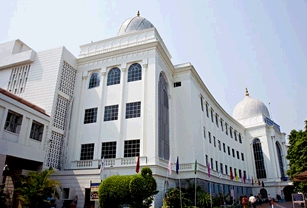 The Government is planning to hive off BSNL’s tower business into a separate subsidiary with estimated valuations of cUSD3.8bn. BSNL has a total of c60,000 towers with a good mix of towers in rural and urban markets. Furthermore our industry analysis suggests these towers have good fibre connectivity as well. With all telcos focussing on enhancing data coverage, BSNL’s focus on the tower business via a separate subsidiary will increase tower supply to the sector and key beneficiaries in our view will be 4G entrants.
The Government is planning to hive off BSNL’s tower business into a separate subsidiary with estimated valuations of cUSD3.8bn. BSNL has a total of c60,000 towers with a good mix of towers in rural and urban markets. Furthermore our industry analysis suggests these towers have good fibre connectivity as well. With all telcos focussing on enhancing data coverage, BSNL’s focus on the tower business via a separate subsidiary will increase tower supply to the sector and key beneficiaries in our view will be 4G entrants.
One of the challenges for 4G entrants has been network coverage given their dependence on the 2.3 GHz spectrum. We highlight coverage issues can be resolved in two ways: (a) adding sub1 GHz spectrum and (b) adding more towers.
With not much clarity on possible auctions of spectrum




